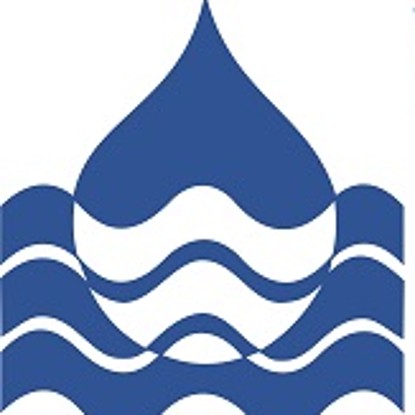Short description
Fish protection and fish descent facilities at hydropower plants are central measures for protecting fish from turbine-induced damage and for ensuring safe fish descent. Although the state of knowledge for the construction of effective facilities has been continuously expanded in recent years, the behavior of fish as an essential basis for the dimensioning of functional fish protection and descent concepts has so far been little researched. However, knowledge of fish reactions and behavior patterns under certain flow conditions and facility designs provides important information for designing effective facilities.
Against this background, the behavior of various fish species at so-called shallow trash rack bypass channel systems was investigated. The focus of these joint laboratory investigations by biologists and hydraulic engineers was on the behavior of migrating fish at hydropower plants with rakes with bypass channels that are inclined flat to the bottom. The project summarizes the current state of knowledge on flat screen bypass flume systems and derives initial recommendations for the arrangement, design and operation of the system from the observed reactions and behavior patterns of the laboratory tests described in detail – taking into account the specific hydraulic conditions.
The research project was coordinated by the Federal Agency for Nature Conservation and processed by the Technical University of Darmstadt in cooperation with the Institute for Applied Ecology GmbH.
Project editing
- Prof. Dr.-Ing. habil. Boris Lehmann
- Gisela Kissel, M.Sc.







